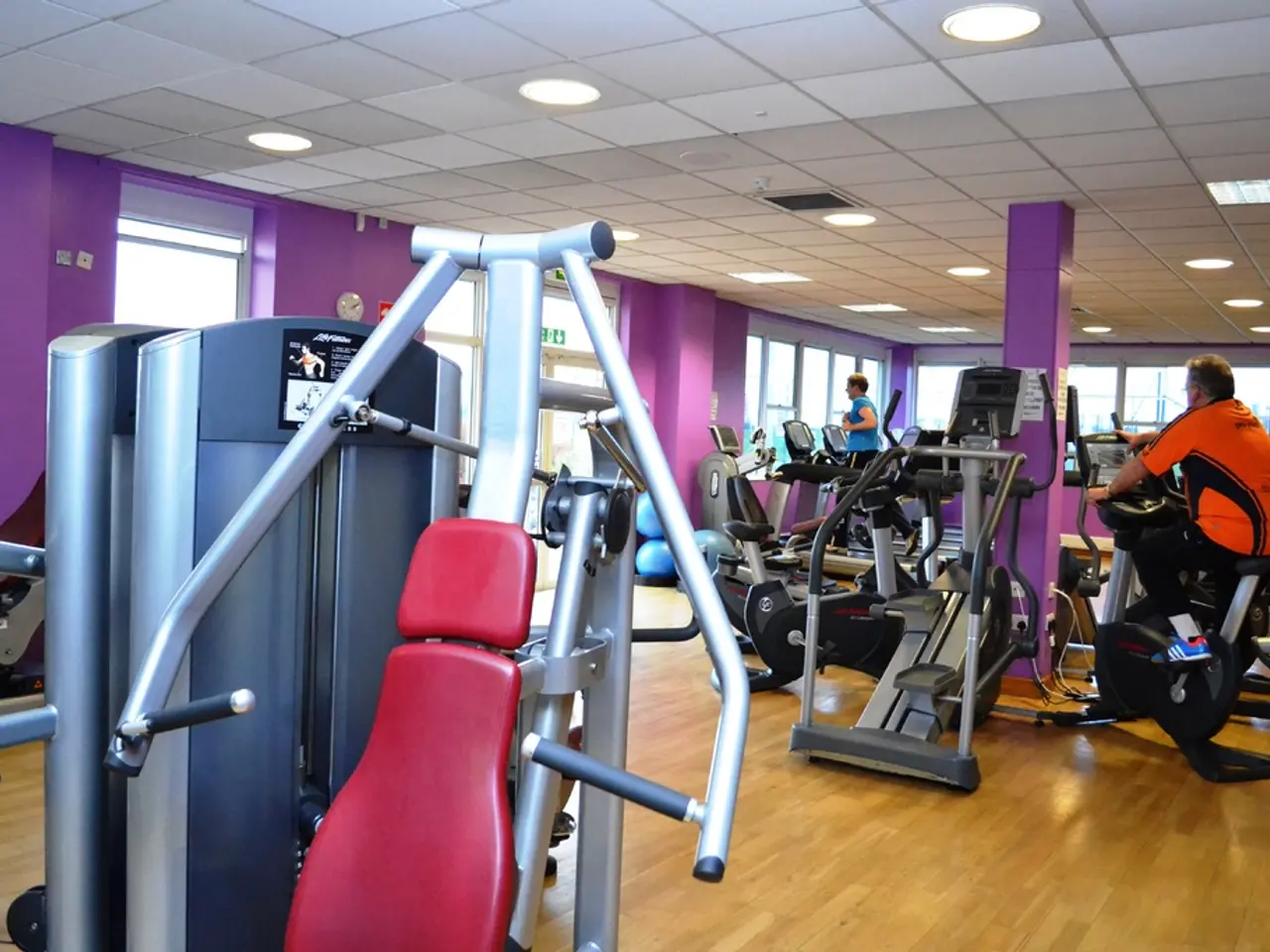Racing for the iconic yellow jersey in the Tour de France: preparing riders for the heat
Heat Training Gains Traction Among Elite Cyclists
Heat training, a method that simulates warm competition environments, is rapidly gaining popularity among professional cyclists. This training technique, which induces physiological adaptations, offers numerous benefits for cycling performance.
Rolf Aldag, a former pro cyclist and sports director at the Red Bull-Bora-hansgrohe team, acknowledges early adopters of heat training in cycling. Coaches of Tour de France winner Tadej Pogacar also believe in the performance boost from heat stimulation.
Mathieu van der Poel and Jasper Philipsen, part of the Alpecin Deceuninck team, are among those embracing heat training. The practice is highly effective in improving cycling performance, as it leads to better endurance, increased VO2 max, improved lactate threshold, and greater time-trial power output. These adaptations typically improve performance by about 6-8%, even in cool conditions.
The rise of heat training can be attributed to several key factors. Unlike cold exposure, which mainly aids recovery but may blunt strength and endurance gains, heat training improves performance, recovery, and long-term healthspan simultaneously. It also prepares athletes to maintain higher intensities in hot conditions, where performance can drop by up to 20% without acclimation.
Moreover, most physiological improvements start within a week and complete in 10-14 days, making it a practical supplement to traditional training. Heat training is also often easier to tolerate and more enjoyable than cold exposure methods, which promotes adherence to training programs.
Heat training can be done passively, such as through the use of a sauna or warm bath, or actively, like wearing extra clothes during training. Carsten Lundby, a sports scientist from the University of Odense, Denmark, has been researching the effects of heat and altitude training for about 10 years. Lundby believes that heat training is more effective than altitude training when done as cycling teams do it today.
However, heat training does come with potential health issues, such as dehydration, loss of minerals, breathing difficulties, heatstroke, sunstroke, and a sudden drop in performance. These risks can be controlled and avoided with proper management. The stress factor of heat stimulates the formation of new red blood cells, with the aim of heat training being to raise the body's core temperature to 38.5 degrees Celsius (101.3 degrees Fahrenheit), a slightly feverish state.
Kristof de Kegel, sports scientist and Head of Performance at Alpecin Deceuninck, has implemented heat training in their team's preparation. The impact of heat training on the team's performance is under question. Heat training is being conducted in France, and it is also being adopted in other sports, including Formula 1 racing and marathon running.
Heat training can provide a potential advantage for teams with a smaller budget, as it can be less expensive and less grueling than altitude training. Georg Zimmermann, a cyclist competing in the 2025 Tour de France, has been practicing heat training for years as a personal hobby. Miguel Indurain, a cyclist, was seen wearing thermal clothing at the 1992 World Championships, which was considered original at the time.
The 2025 Tour de France is emphasizing heat training, highlighting its increasing importance in the world of cycling.
Read also:
- "Female advocate for women's rights in Morocco apprehended due to allegations of claiming Allah is a lesbian"
- Quick Tips for Rapidly Alleviating Nighttime Nausea
- Administration contemplating potential reclassification of marijuana under Trump's leadership
- The Impact of Regular Exercise and Balanced Diet on Physical Well-being






